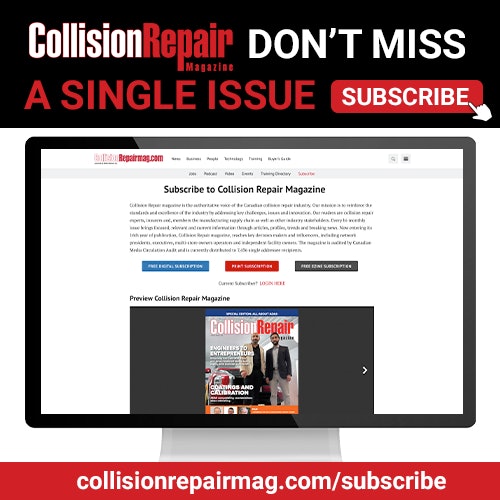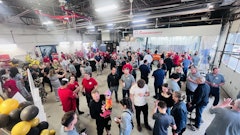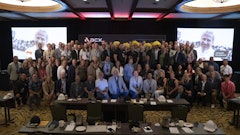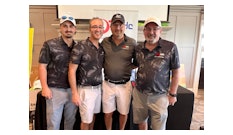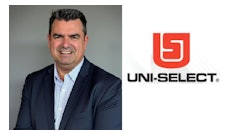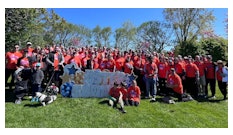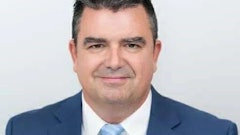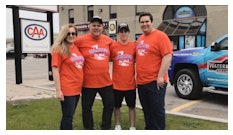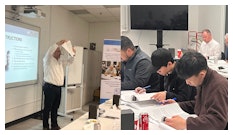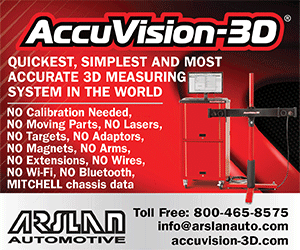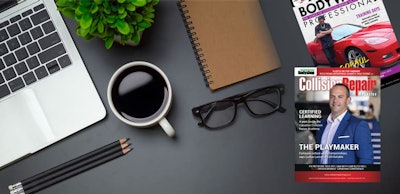
Transparent communication is key to moving the industry forward
By DARRYL SIMMONS
It truly baffles me why our industry hesitates to foster open dialogue between insurers and repairers, particularly when it comes to agreeing upon safe and effective repair practices, as outlined by OEM and I-CAR standards. This hesitance risks unnecessary confrontation and discord.
Why should there be barriers hindering such crucial discussions, especially about adherence to established procedures? When a process meets the rigorous standards it should be the benchmark to follow. It only makes sense to establish the terms of engagement upfront in any collaborative endeavor, reducing the likelihood of misunderstandings and disputes.The era of a Goldilocks-style approach to negotiations, where we strive to find the perfect middle ground between estimates and supplements, has outlived its usefulness.
In today’s automotive landscape, safe repairs encompass far more than mending sheet metal and applying Bondo. Modern vehicles are replete with intricate electronic and computer systems. Mishandling these components during repairs can jeopardize not only the driver’s safety but also the security of those sharing the road. The question of authority in the repair process deserves contemplation when it comes to assigning responsibility in the repair process. It appears logical that repair facilities, armed with their expertise, should play a significant role in decision-making. Presently, repair shops shoulder the lion’s share of liability for repairs, operating within the confines of proper procedures and guidelines. The weight of responsibility undoubtedly falls on the repair facility, as they are the custodians of safety. Failure to adhere to standardized procedures can have dire consequences for both vehicle occupants and road safety.
Shifting our focus to education, it is apparent that uniform training standards for repairers, owners, appraisers, and adjusters are a necessity rather than a luxury. The absence of such standards is akin to playing a board game with each player using their own set of rules, resulting in chaos. Fortunately, there are signs of progress in this area, with increased accessibility to standardized training and information.
The reluctance to embrace open dialogue between insurers and repairers remains a challenging hurdle within our industry. Nevertheless, it is a hurdle we must overcome. The Canadian collision repair sector stands at a crossroads, and it is imperative we bridge our differences and move forward collaboratively. Our shared commitment to safety and professionalism should be the guiding force as we navigate the path ahead.
Ultimately, let us remember that our only goal is a safe repair, and the only safe repair is a proper repair. It’s about getting our customers back on the road safely and confidently. Now on a much lighter note, we are getting ready for SEMA. Make sure to drop by our booth and say hi. We will have something special ready for you!!!


